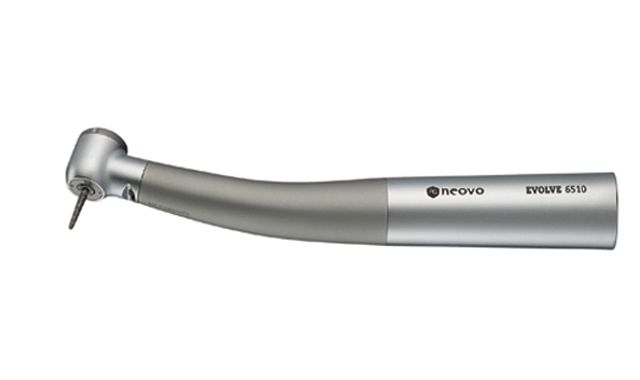5 reasons to consider an air-driven handpiece
The modern dental practice in 2015 continues to evolve at a very rapid pace.

The modern dental practice in 2015 continues to evolve at a very rapid pace.
Technologies that were dreams a mere decade ago are now a viable option for many dental practices. The challenge for many is being able to find the ROI or return on investment. In almost all cases, these newer technologies come with higher price tags, and dentists have to evaluate if a new technology will offer a return on that investment.
Some dentists have a challenge determining the ROI of electric handpieces. While there are certainly some benefits to these newer systems, dentists have been using air handpieces for decades, and these are still more than effective in what they do. I believe there are five reasons why dentists should still consider the use of an air-driven handpiece:
Related reading: What do women look for in a handpiece?
1. To call an air handpiece a workhorse is probably an understatement. When I was in full-time practice, I don’t ever recall needing to replace my handpiece during the 10 years it was in use. Like the Energizer bunny, they keep going and going. The technology has been around for a very long time, and, during that time, manufacturers have been able to improve the dependability and durability of these devices and still keep the costs low.
2. While electric handpieces have improved in the past decade when it comes to weight, air handpieces are still significantly lighter than their electric counterparts. While a few ounces here or there may seem trivial to some, any dentist knows that those few ounces can make a huge difference when it’s being used for hours at a time each day. Many users of electric handpieces report fatigue and cramping after a long day of use, and this really has never been an issue for regular users of air handpieces.
More on handpieces: 7 tips to extend the life of your dental handpieces
For more reasons, go to Page 2 ...
3. Air handpieces really seem to require much less maintenance to keep them running smoothly. While air turbines can and do break down, they have less parts, which translates into less points of failure.
4. Another common concern I hear from electric handpiece users is overheating. Many dentists may recall that the Food and Drug Administration sent a letter to the manufacturers a few years ago expressing their concern over the cases of patients being burned. With proper use and diligence, these issues can certainly be minimized, but it’s pretty much a non-existent issue for air handpieces. From the standpoint of patient safety, they appear to be the more prudent option.
Related reading: KaVo introduces new air-driven, high-speed handpiece
5. Finally, one cannot discuss handpieces without discussing the issue of cost. Yes, the cost of electric handpieces has dropped in the past decade, but they are still the more expensive option, and, as mentioned earlier in the article, that extra cost may be difficult to justify for many practices.
While dentists can and should evaluate all of the new technologies that are offered to us, many dentists may find that older and established technologies, such as air handpieces, are still a very viable option for many offices.
More on handpieces: A review of AG Neovo Dental Evolve series handpieces
Product Bites – November 10, 2023
November 10th 2023The weekly new products podcast from Dental Products Report is back. With a quick look at all of the newest dental product launches, Product Bites makes sure you don't miss the next innovation for your practice. This week's Product Bites podcast features new launches from Amann Girrbach, DMG, Pac-Dent, and ASI Dental Specialties. [4 Minutes]